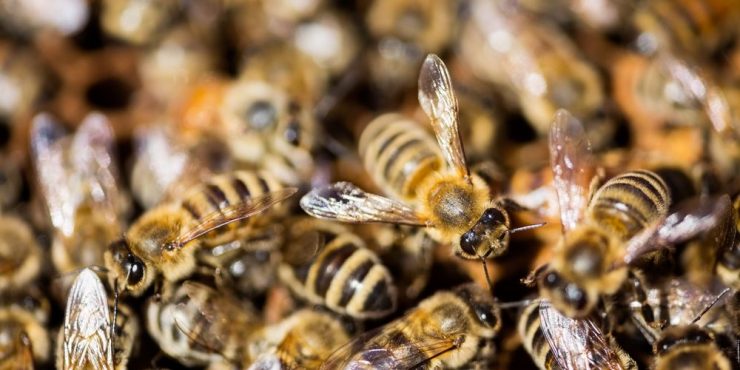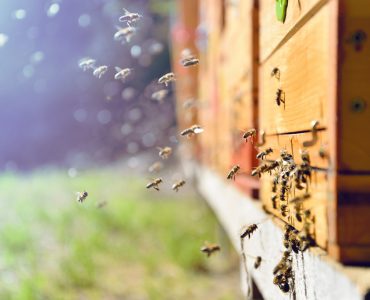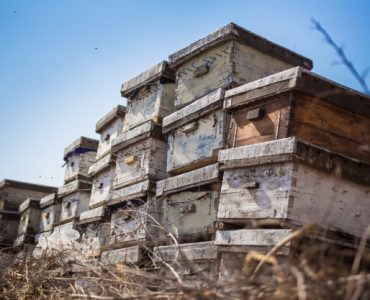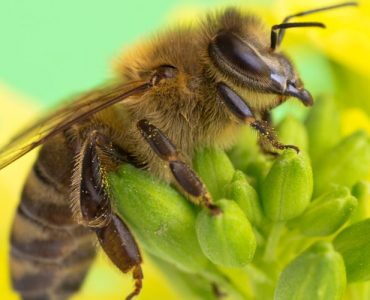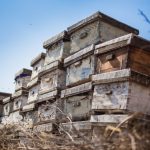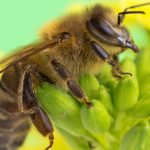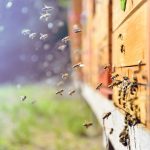Collecting pollen from the bee hives during major flows will provide a sufficient supply that you can feed to the colonies anytime the need arises, such as during early in the spring. To effectively collect pollen, drive the bees to enter the hive in a hole screened with five mesh hardware fabric or 3/16 inch diameter punctured plate of metal. It is more effective to use double-screened grids rather than a single screen. When you use double-screened grids, disjoin the two layers by 3/16 inch up to 1/4 inch and counterbalance the openings. Aside from placing a grid that eliminates the majority of the bee pollen, the traps should also have a tray or box to gather the pollen pellets. The gathering container should be shrouded with seven or eight mesh screens to avoid the bees from entering. Pollen traps should also be covered to avoid rain water from mixing with the pollen. It is better if the gathering tray of the trap is made up of wood to prevent condensation. To avoid mould in the gathered pollen, you can use copper screen on the base of the collecting container of the trap.
Pollen traps differ significantly in design and placing in the bee colony. The installation method, location, arrangement, shape, and size of the pollen trap can vary depending on circumstances and individual needs. However, it is better to place the pollen trap mounted on the top of the hive to get the cleanest pollen. As of 2008, the price of a pollen trap is between US$35 and US$65.


